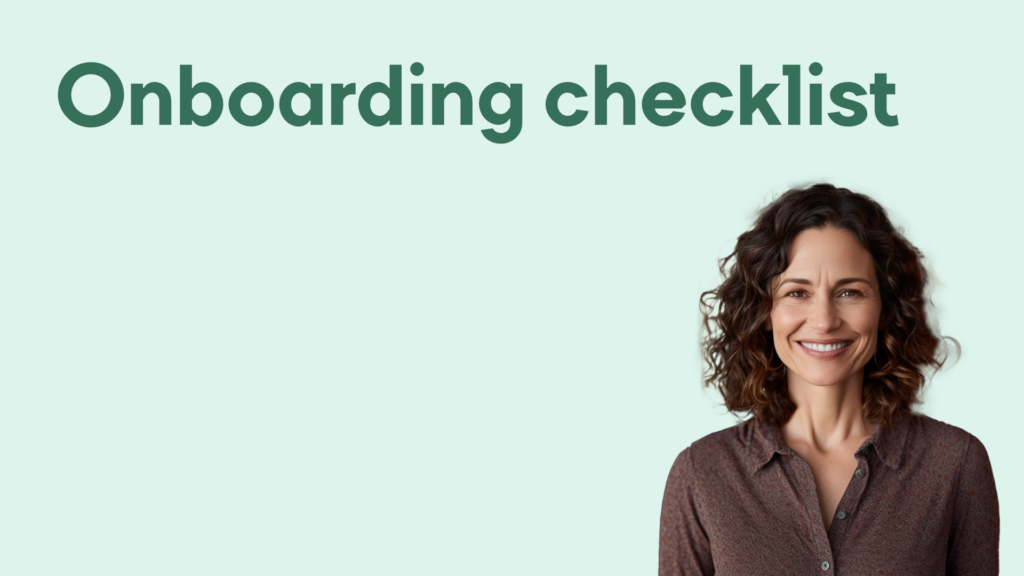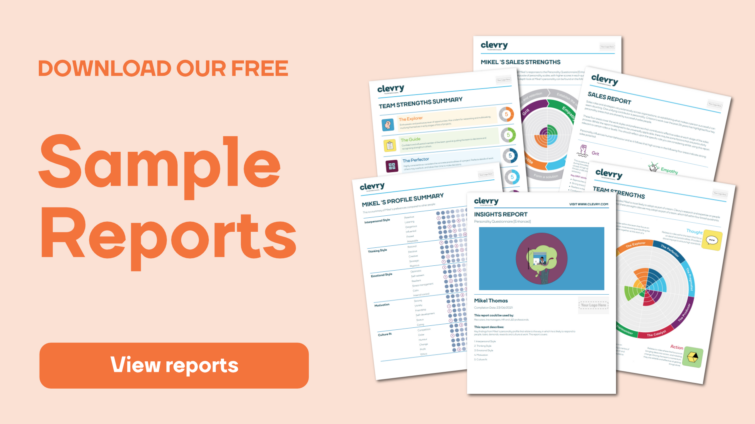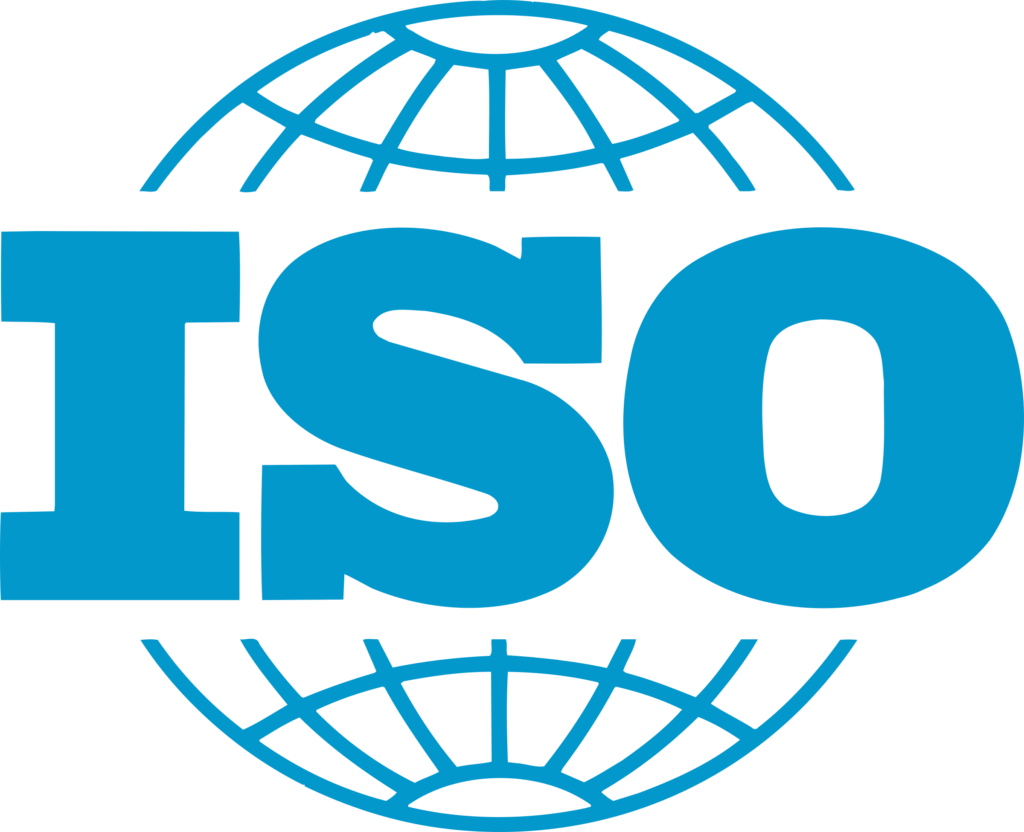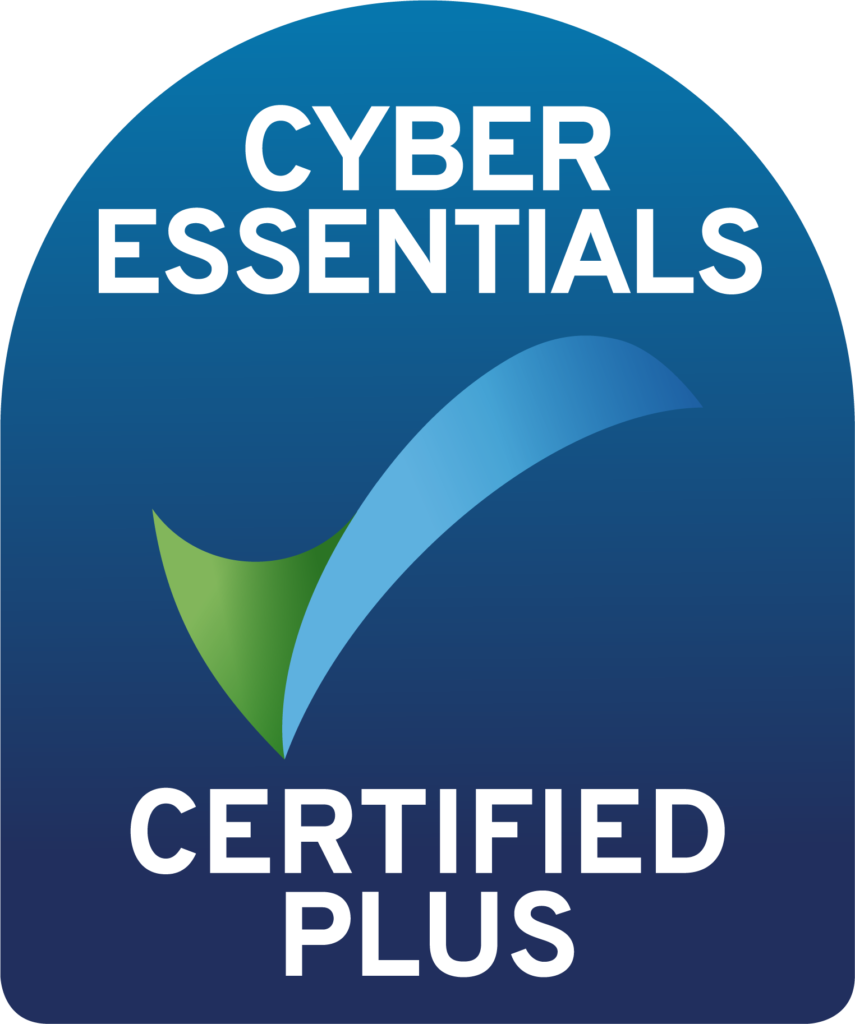When conducted correctly, the onboarding process helps new recruits confidently start their job and sets them up for success. However, a poor onboarding process can make new recruits feel disinterested and disengaged from their work. It’s important to avoid this situation as employee turnover is reported to be highest in the first 45 days, with an estimated 25% of new hires leaving their jobs within the first three months.
With this in mind, we at Clevry have developed the new employee onboarding checklist so you can get the best out of onboarding from day one.

What should be on an onboarding checklist?
Before onboarding your recruit, it’s a good idea to make a list of actions that can be ticked off in the early days. These simple actions keep everyone in the loop and help your recruit have a great first day, free of complications and misunderstandings.
Inform HR about the arrival of the new employee
This is a simple step, but missing it can make the new recruit feel confused and even unwelcome. Informing HR of the arrival of a new employee ensures the HR manager can meet and greet a new recruit and give them a chance to ask any questions. It’s a perfect way of welcoming them to the company.
Ensure relevant paperwork is completed
Ideally, HR paperwork should be completed and agreed upon before the candidate starts the job. This helps the HR department understand the needs of the new recruit, such as any special requirements related to disabilities, etc.
Send an email highlighting the role
Sending a welcome email before the new recruit starts the role is a casual way of explaining a bit more about the company culture, expectations, and people they can report to. The email also outlines their job description and their duties.
Send a copy of the employee handbook
Sending a copy of the employee handbook before your new team member starts their role gives them a good idea of the organisational culture, highlights company values, and gives them an idea of what’s expected of them day to day. What’s more, sending out an employee handbook can help avoid any future confusion about the work culture and their role.
What are the five C’s of onboarding?
After following the initial onboarding list, it’s time to move on to the five C’s of onboarding – compliance, clarification, culture, connection, and check-ins.
The five C’s of onboarding is an important part of welcoming new employees. They should always be implemented when integrating new hires to ensure effective communication and to maintain a company’s culture.
Compliance
Compliance is the first “C” in onboarding. It guarantees that new hires complete all required documentation and training to adhere to legal and regulatory obligations. This involves filing tax forms, employment contracts, and background checks as needed. It also provides training on issues such as data security, workplace safety, and anti-harassment laws.
This step is crucial in shielding your company from financial and legal concerns.
Clarification
Clarification is about establishing precise guidelines for a new hire’s job duties and performance standards. Highlighting what’s expected of them in the first 90 days with a thorough job description, a list of performance indicators and targets helps recruits understand their responsibilities and expectations so they can fit in at the company and do their new job well.
Regular check-ins with the HR department help ensure recruits meet expectations and allow them to discuss any concerns.
Culture
A company culture is built over time and is based on firmly held values, attitudes, and codes of conduct. To help new starters understand their new company culture, assign them a buddy to answer questions and show them how things work in the organisation. Discussing the history of the company, introducing them to relevant stakeholders, and introducing them to their new co-workers will help them feel at home in no time.
Connection
Connection is about developing relationships with new colleagues and the business and is the most fun part of the onboarding process. Lasting relationships can be made during team building activities and social events where the new employee can meet and mingle with their new teammates.
Check-in
Last but certainly not least is the check-in phase. The check-in phase often lasts throughout an employee’s trial time and is a chance to discuss any concerns, offer feedback, and provide performance metrics.
Remember, the check-in phase is a two-way street and should also offer the new employee a chance to share any concerns, discuss their personal strengths and weaknesses, and generally feel free to chat about their true feelings.
The Bottom Line
Of course, all new employees are different, so using a bespoke employee onboarding method based on a new recruit’s personality leads to a smoother and more successful onboarding process.
To help your new employee get the most out of their onboarding experience, check out our employee onboarding report, which encourages an organised, intelligent onboarding strategy. The contents are based on a candidate’s answers to a personality assessment and describe their preferred working methods, motives, and interpersonal style.



